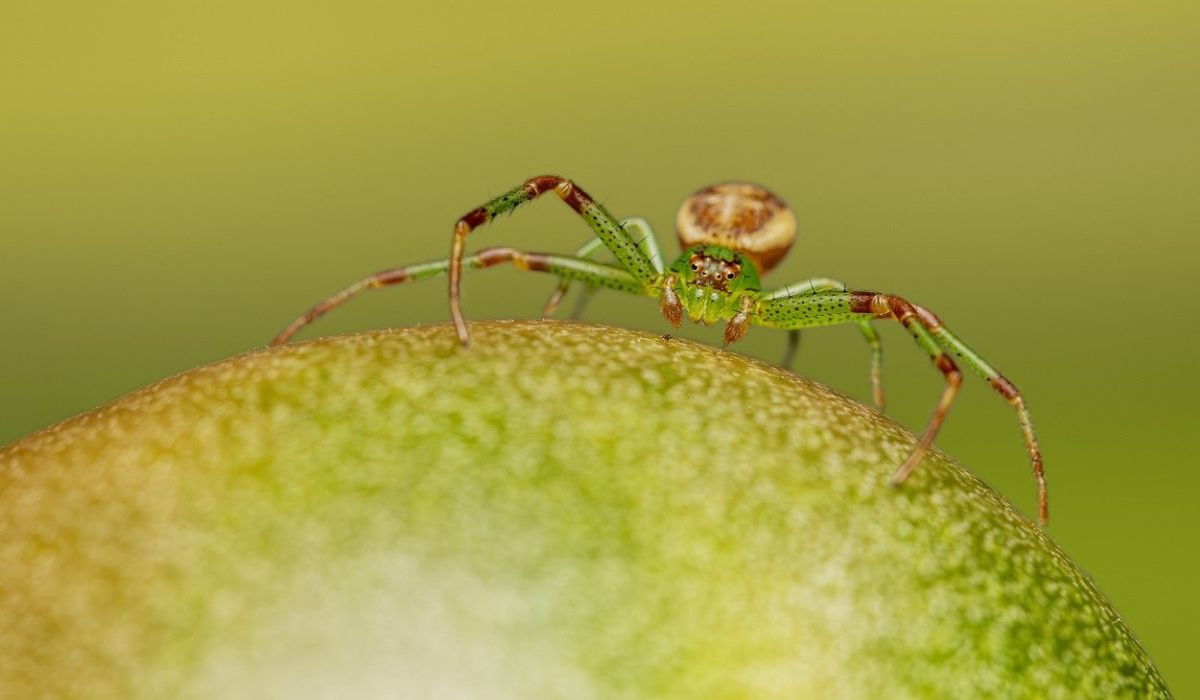Jumping spiders, with their captivating antics and charming personalities, have become increasingly popular in the pet community. These tiny arachnids are known for their incredible jumping abilities and unique behaviors, making them fascinating companions. If you’re considering welcoming a jumping spider into your home, the first step is to create the perfect jumping spider enclosure. This blog post will guide you through everything you need to know about setting up and maintaining an ideal habitat for your eight-legged friend.
Understanding Jumping Spiders
Jumping spiders belong to the family Salticidae and are among the most diverse and visually appealing spiders. They are known for their excellent vision and unique hunting techniques, which do not rely on webs. Instead, they stalk and pounce on their prey, making them captivating to observe. These traits, combined with their relatively low maintenance, make them an appealing choice for pet enthusiasts of all ages.
In recent years, jumping spiders have gained popularity not only as pets but also in scientific research due to their complex behaviors and cognitive abilities. Their small size and non-aggressive nature make them suitable for children and adults alike, fostering an interest in arachnology and the natural world.
Choosing the Right Enclosure for Your Jumping Spider
When selecting a jumping spider enclosure, several factors must be considered to ensure the well-being of your arachnid companion. The enclosure serves as your spider’s home, providing safety, comfort, and stimulation.
Size Matters
The size of the enclosure is crucial. While jumping spiders are small, they are active and require space to move around. A container with a volume of 1-2 gallons is typically sufficient for a single spider. This size allows for exploration while maintaining a manageable environment for the owner.
Material and Design
Choose an enclosure made from clear plastic or glass to facilitate observation. Ventilation is essential, so ensure the enclosure has adequate air holes to prevent humidity buildup and allow for airflow. A secure lid is also important to prevent escapes.
Consideration of Aesthetics
While the primary concern is the spider’s comfort, a visually appealing enclosure can enhance your enjoyment as well. Consider incorporating natural-looking materials and decorations to mimic the spider’s natural habitat.
Setting Up the Perfect Habitat
Creating a comfortable and enriching environment within the jumping spider enclosure is vital for your spider’s health and happiness.
Substrate Selection
Start by choosing an appropriate substrate. Coconut fiber or a mixture of peat moss and potting soil works well, maintaining moisture levels and providing a soft surface for the spider to explore. Avoid substrates that retain too much moisture, as this can lead to mold growth.
Adding Decorations
Decorations not only beautify the enclosure but also provide hiding spots and climbing surfaces. Small branches, rocks, and artificial plants can create a stimulating environment. Ensure that decorations are securely placed to avoid accidents.
Hiding Spots
Jumping spiders enjoy having places to hide and feel secure. Add small cork bark pieces or hollow structures where your spider can retreat when it feels threatened or needs rest.
Maintaining a Healthy Environment
A clean and well-maintained environment is essential for the long-term health of your jumping spider.
Temperature and Humidity
Jumping spiders thrive in temperatures between 70-85°F (21-29°C). Use a small reptile heat mat if necessary to maintain a steady temperature. It’s important to monitor humidity levels, keeping them between 50-70%. Mist the enclosure lightly with water every few days to achieve this balance.
Regular Cleaning
Regular cleaning prevents the buildup of waste and mold. Remove any uneaten prey promptly and clean the substrate every few weeks. Regular maintenance ensures a hygienic environment for your spider.
Monitoring Health
Observe your spider regularly for signs of illness or distress. A healthy spider is active, alert, and has a healthy appetite. If you notice any changes in behavior or appearance, consult an expert.
Safety and Handling
Handling jumping spiders requires care and respect for their delicate nature.
Safe Interaction
While jumping spiders are not dangerous, they are fragile and should be handled with care. Avoid holding them unless necessary, as handling can cause stress and injury.
Handling Techniques
If you need to move your spider, gently coax it onto a piece of paper or a small stick. Never attempt to grab or pinch the spider.
Building Trust
Over time, your spider may become more comfortable with your presence. Regular interaction through observation and gentle feeding can help build trust between you and your arachnid companion.
You May Also Like: Discover the World of Hunger Games Simulator
Conclusion
Creating the perfect jumping spider enclosure is a rewarding experience that allows you to observe these fascinating creatures up close. By choosing the right enclosure, setting up an enriching habitat, and maintaining a clean and healthy environment, you can ensure the well-being of your jumping spider. Remember, safety and respect are key when handling these delicate arachnids. We encourage you to share your experiences and tips with fellow jumping spider enthusiasts. Happy spider-keeping!
FAQs
What is the ideal size for a jumping spider enclosure?
A 1-2 gallon container is typically sufficient for a single jumping spider, providing ample space for movement and exploration.
How often should I clean the enclosure?
Regular cleaning every few weeks is recommended to prevent waste buildup and maintain a healthy environment.
What should I do if my spider isn’t eating?
It’s not uncommon for spiders to fast occasionally. Ensure the enclosure conditions are optimal and try offering different types of prey.
Can multiple jumping spiders be kept together?
Jumping spiders are solitary creatures and should be housed individually to prevent aggression and competition for resources.
Do jumping spiders need special lighting?
Natural daylight is usually sufficient. Avoid direct sunlight, which can cause overheating. A small LED light can be used for additional visibility if desired











